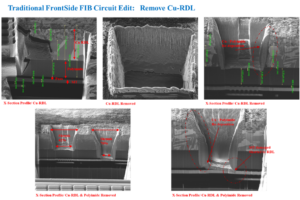Clone MCU ATmega1284P Heximal
Clone MCU ATmega1284P Heximal which can provide the same functions as original microcontroller, the heximal will be extracted from its memory like flash and eeprom:
If the result is left-adjusted and no more than 8-bit precision is required, it is sufficient to read ADCH. Otherwise, ADCL must be read first, then ADCH, to ensure that the content of the data registers belongs to the same conversion.
Once ADCL is read, ADC access to data registers is blocked. This means that if ADCL has been read, and a conversion completes before ADCH is read, neither register is updated and the result from the conversion is lost.
When ADCH is read, ADC access to the ADCH and ADCL registers is re-enabled. The ADC has its own interrupt, which can be triggered when a conversion completes. When ADC access to the data registers is prohibited between reading of ADCH and ADCL, the interrupt will trigger even if the result is lost.
The successive approximation circuitry requires an input clock frequency between 50 kHz and 200 kHz. Using a higher input frequency will affect the conversion accuracy.
The ADC module contains a prescaler, which divides the system clock to an acceptable ADC clock frequency. The ADPSn bits in ADCSR are used to generate a proper ADC clock input frequency from any CK frequency above 100 kHz.
The prescaler starts counting from the moment the ADC is switched on by setting the ADEN bit in ADCSR. The prescaler keeps running for as long as the ADEN bit is set, and is continuously reset when ADEN is low.
When initiating a conversion by setting the ADSC bit in ADCSR, the conversion starts at the following rising edge of the ADC clock cycle. If differential channels are selected, the conversion will only start at every other rising edge of the ADC clock cycle after ADEN was set.
Tags: clone mcu locked archive,clone mcu locked binary,clone mcu locked code,clone mcu locked content,clone mcu locked data,clone mcu locked eeprom,clone mcu locked file,clone mcu locked firmware,clone mcu locked heximal,clone mcu locked information,clone mcu locked memory,clone mcu locked program


